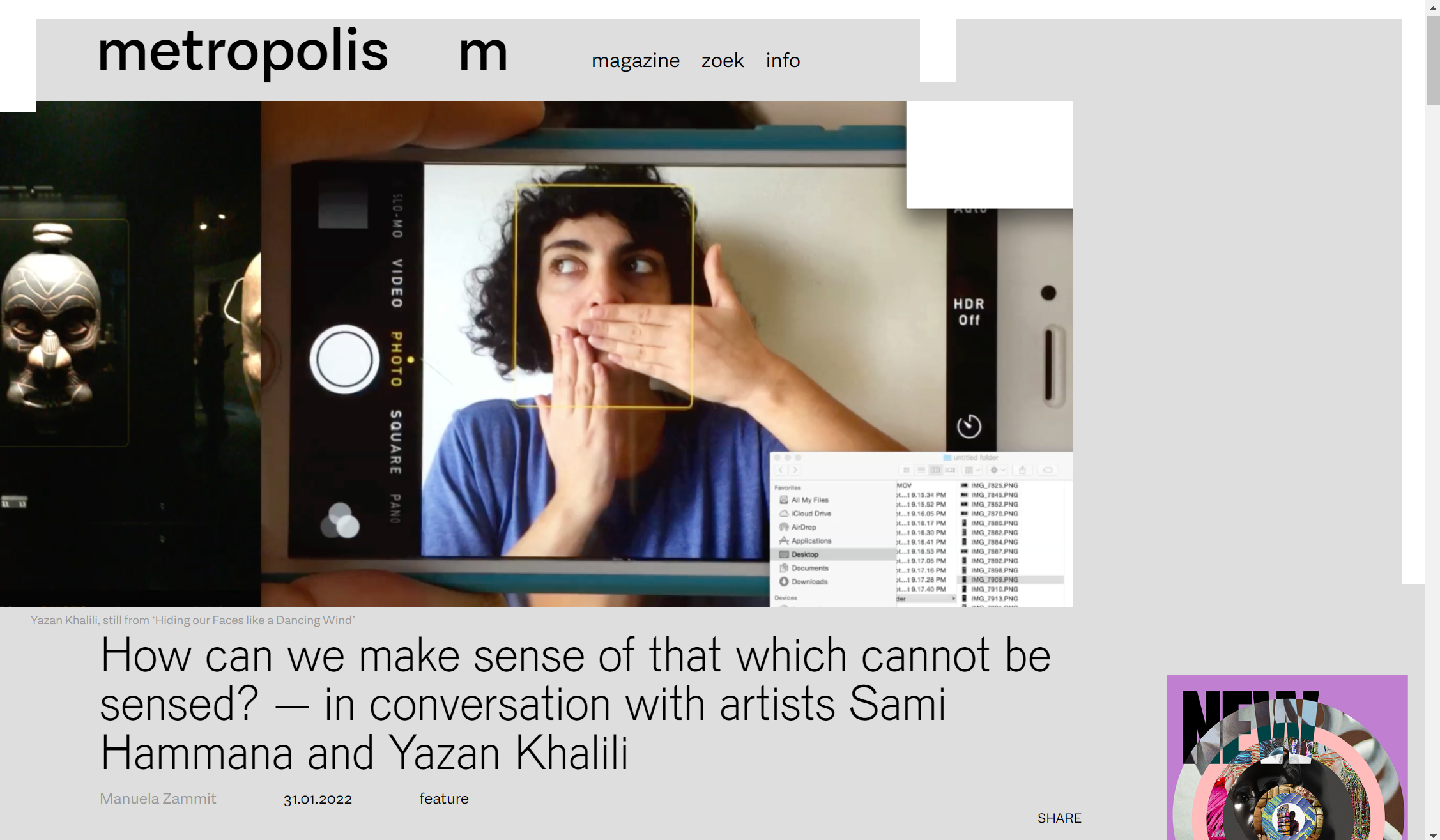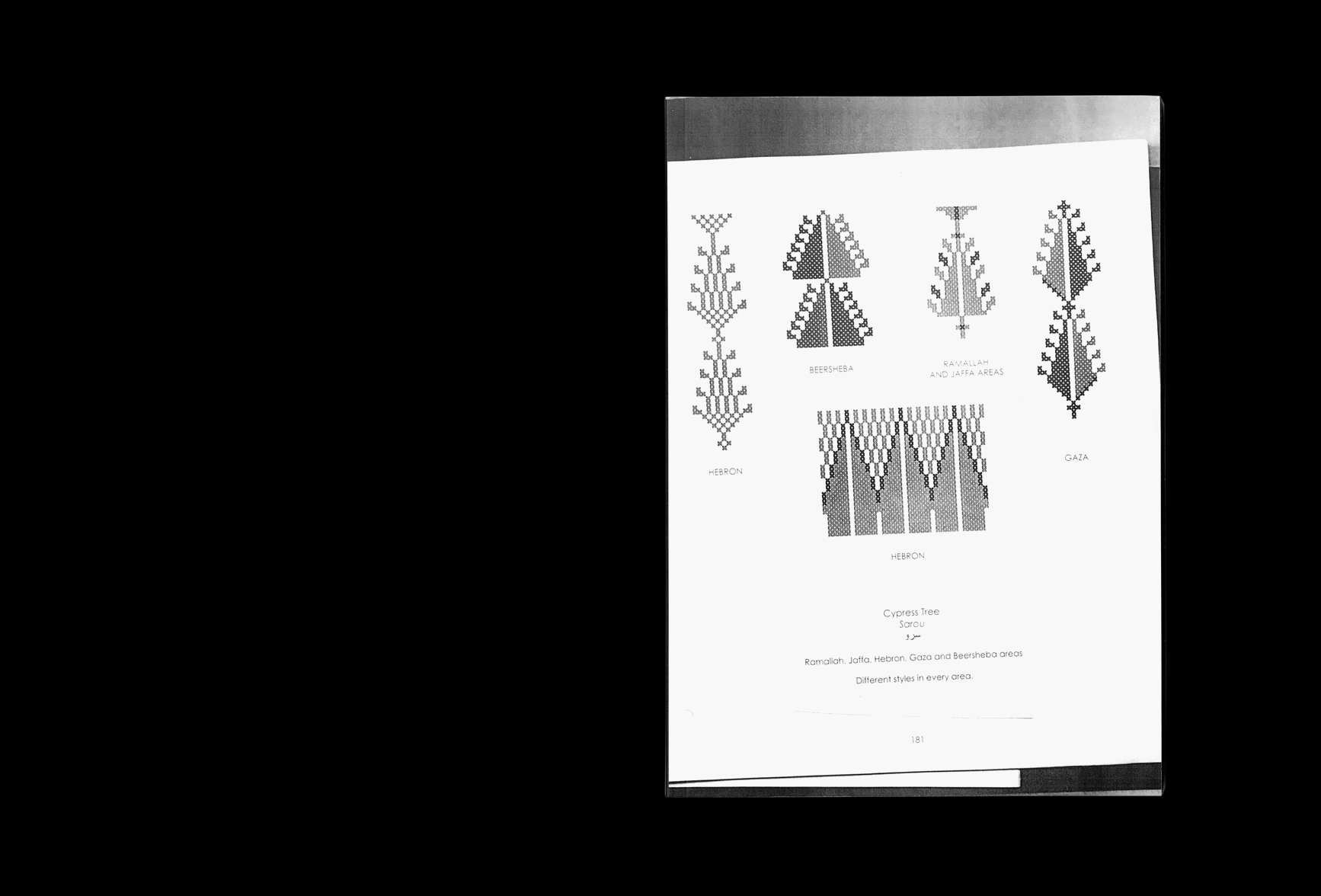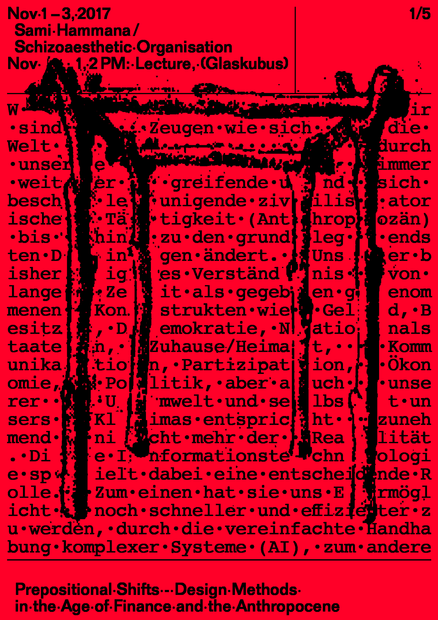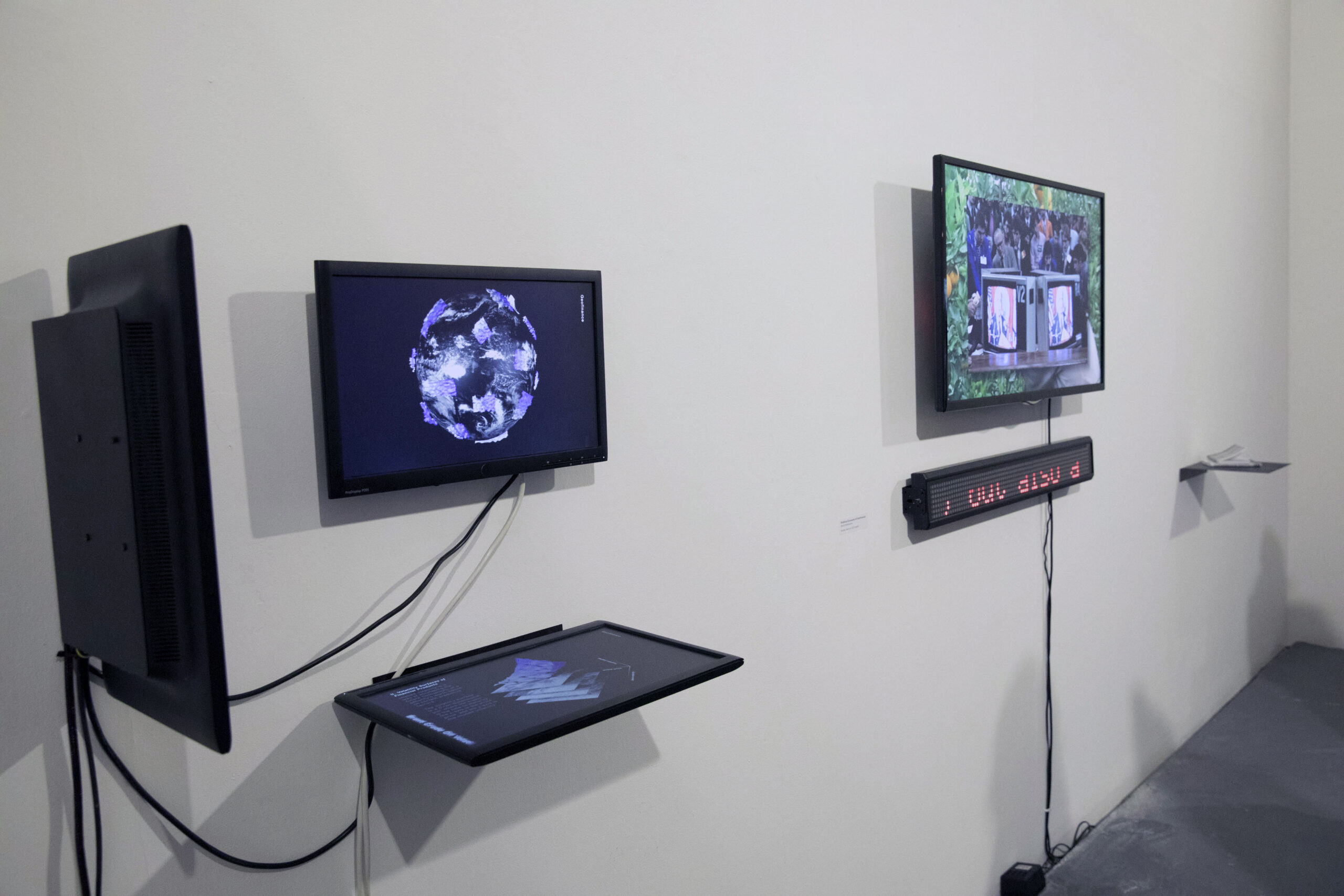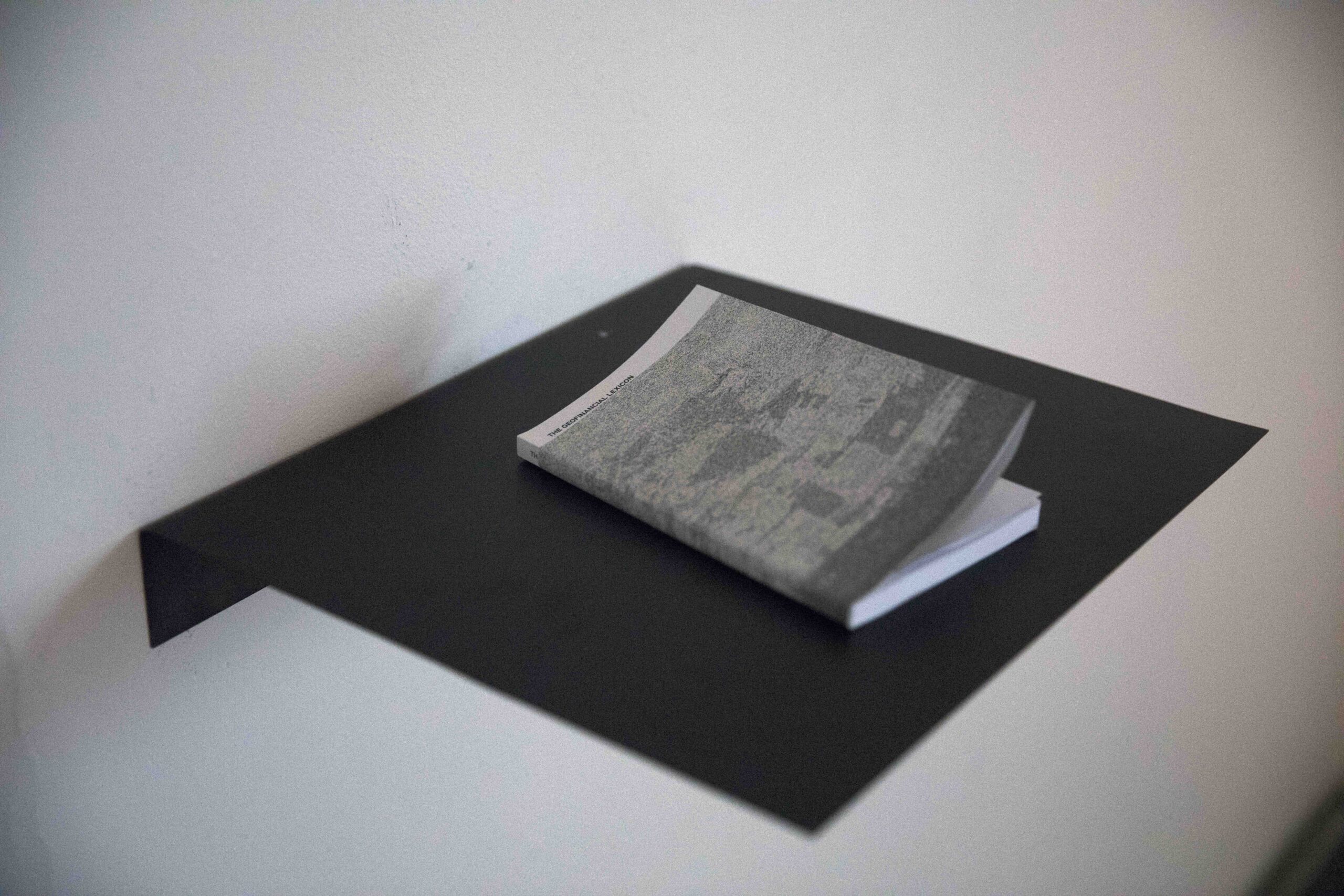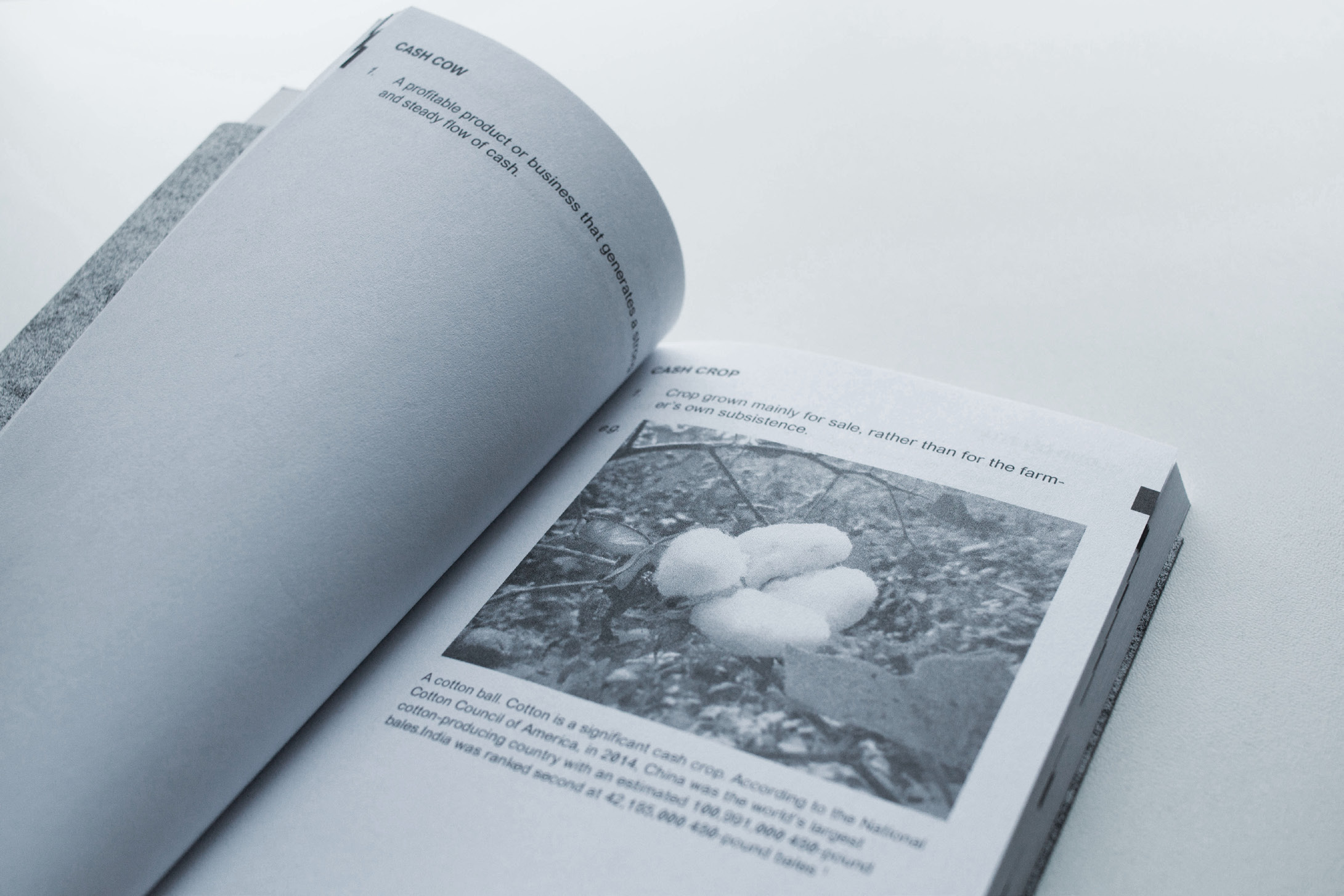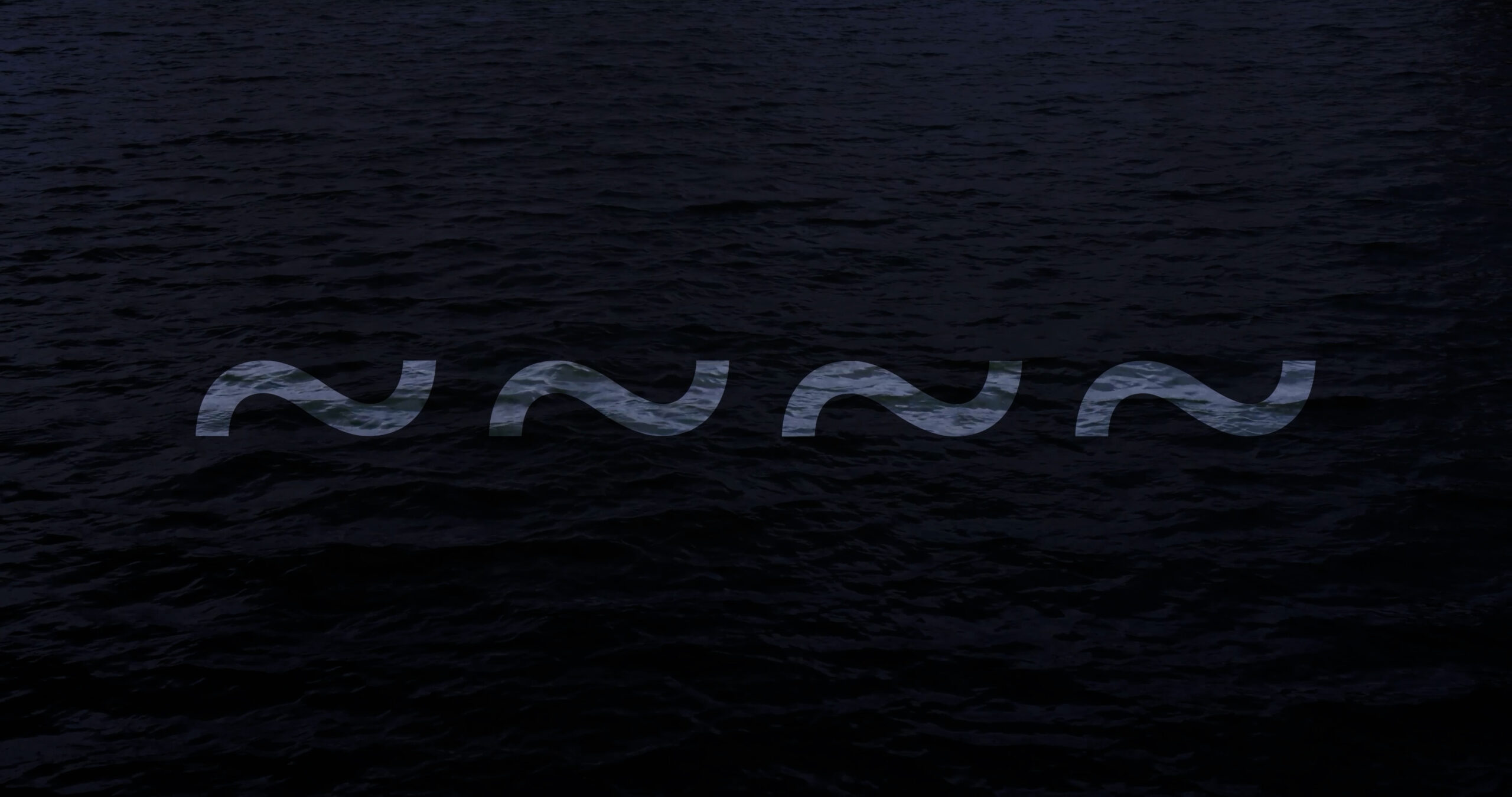
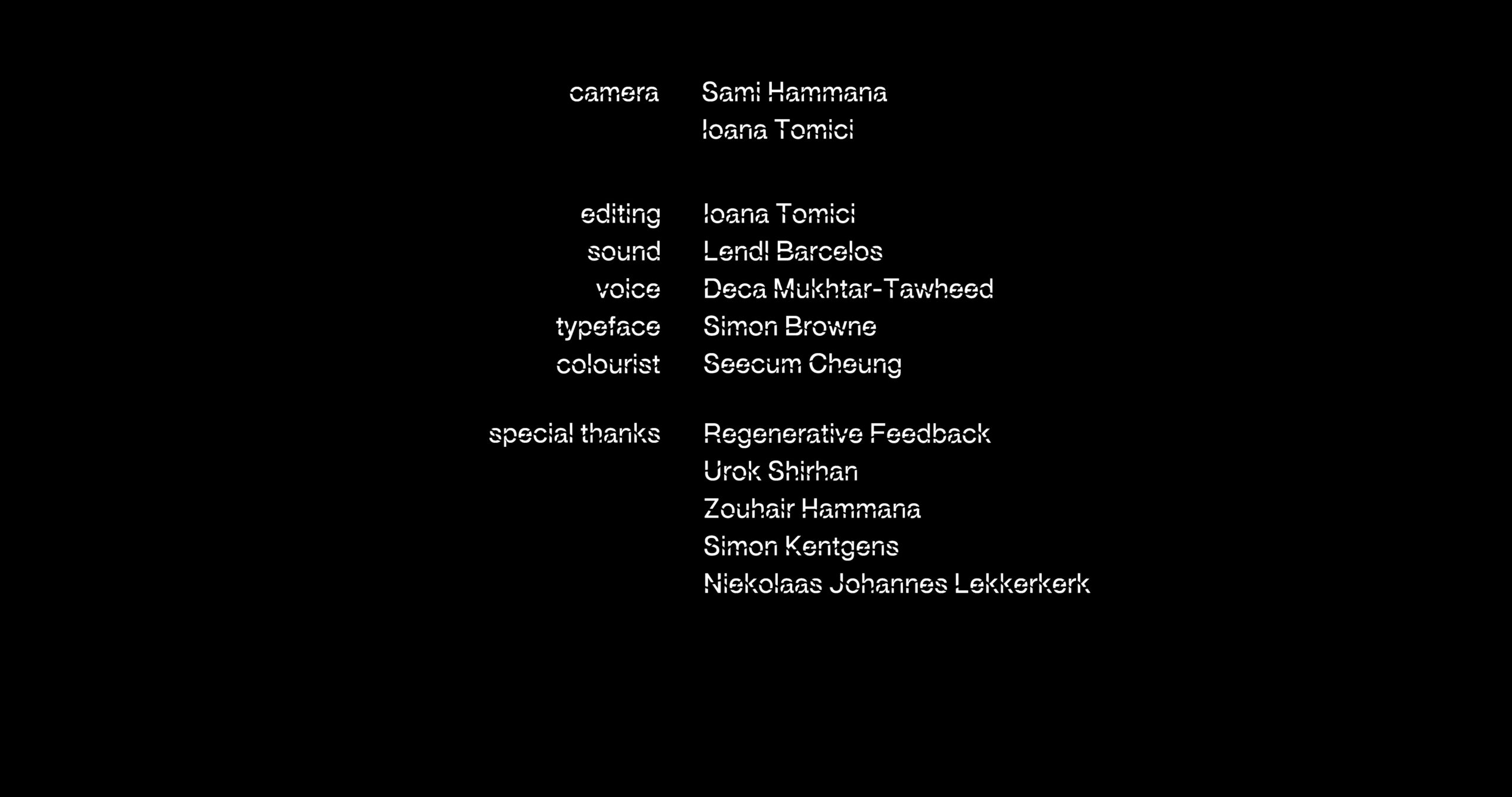
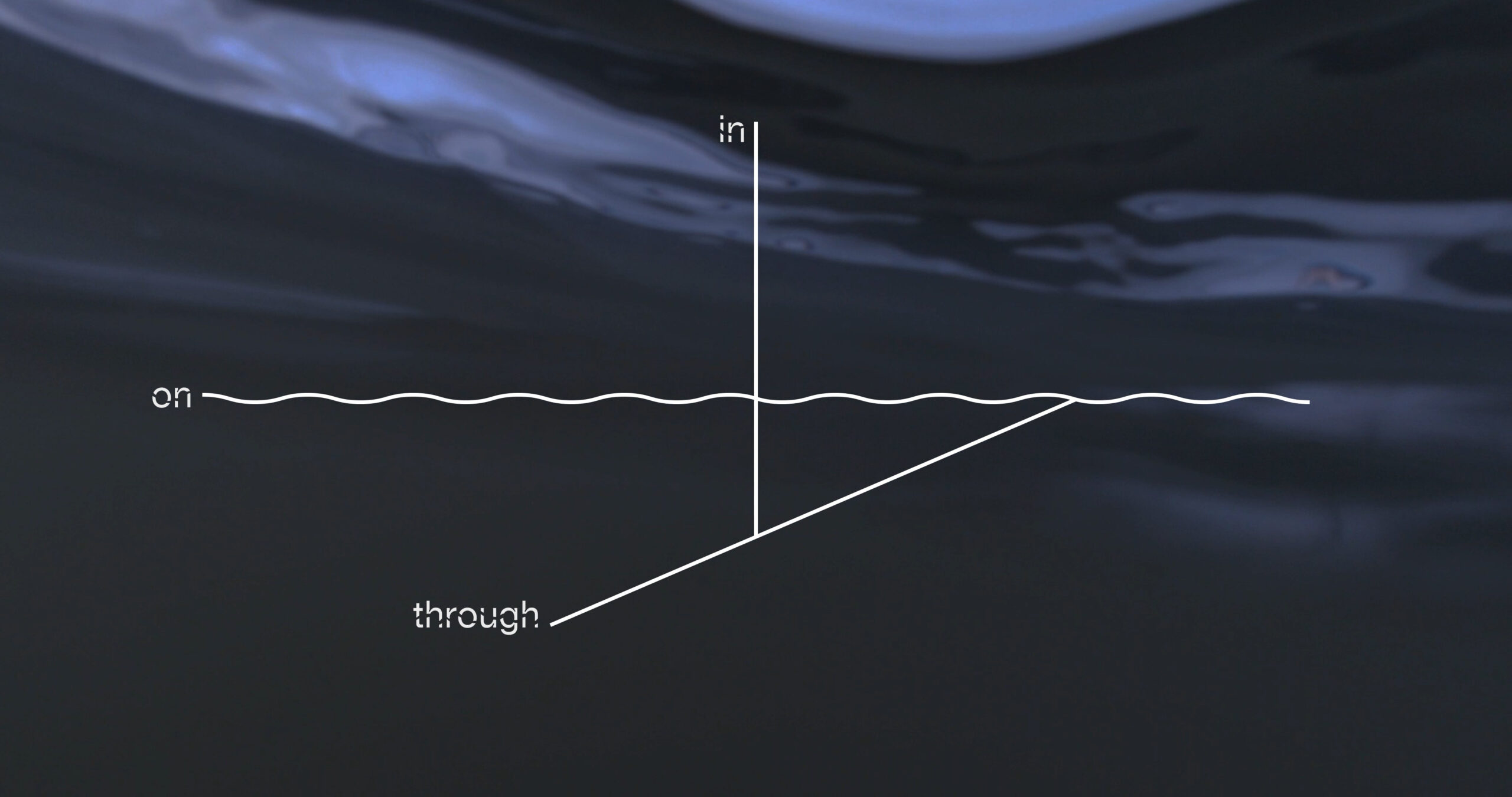

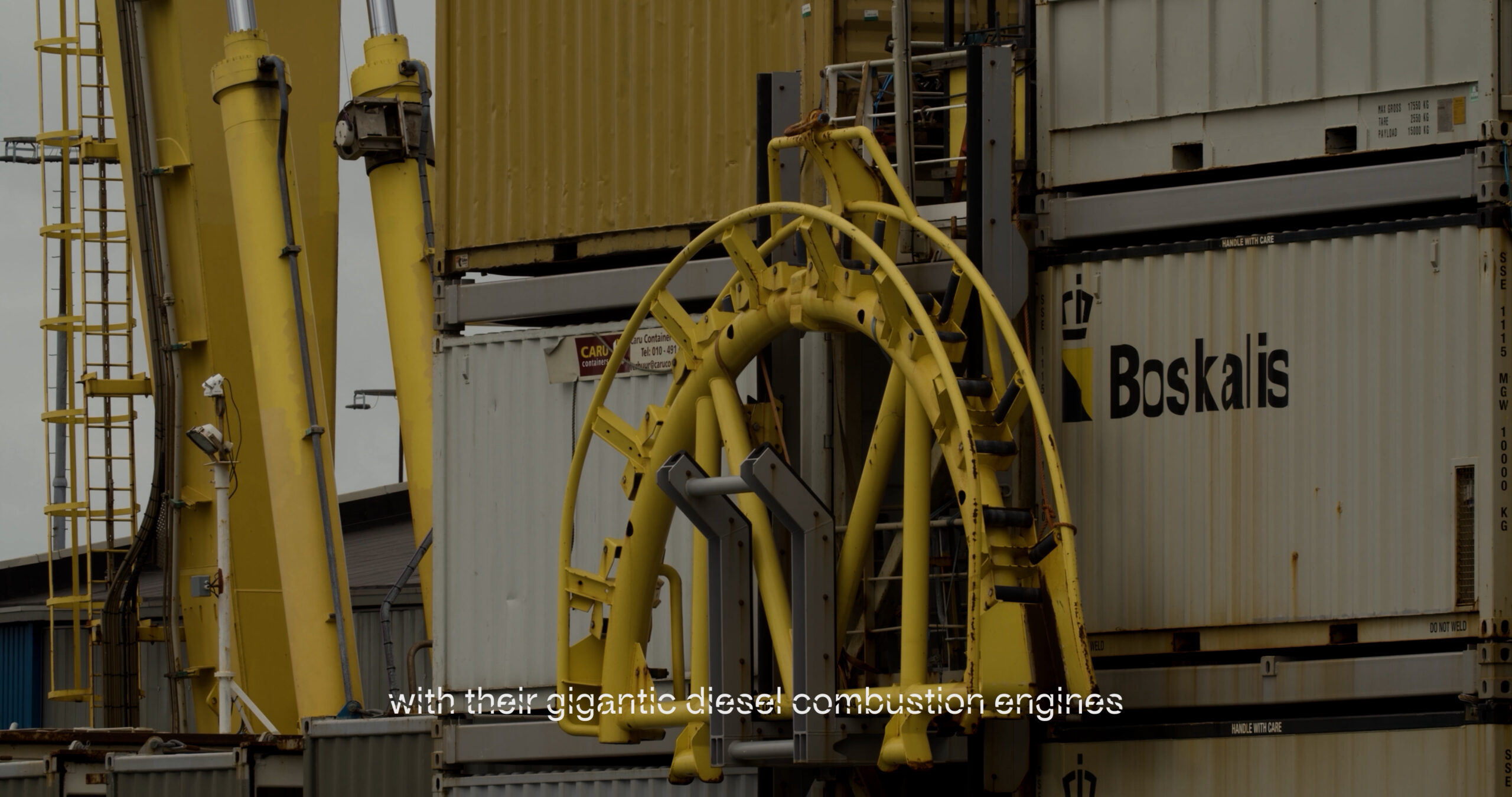
(2020)
20:20
film-essay
by:
Sami Hammana
edited by: Ioana Tomici
sound by: Lendl Barcelos
voice by: Deca Mukhtar-Tawheed
typeface by: Simone Browne
colour by: Seecum Cheung
trailer
The recurring aim: making sense of that which can’t be sensed.
Coming across the following image: workers effectively walking
transoceanic distances in the act of manually coiling
undersea-cables inside of steel ship-hulls. In relation to the
cartographic images of undersea cables, tacitly laying on the
ocean’s floor following the similar oceanic navigational routes as
16th and 17th century colonial wooden ships, the recurring aim is
recapitulated. These are a few examples of images that are engaged
with in the film essay ~~~~, with the aim to aesthetically
elucidate the complicity of contemporary maritime technology with
colonial violence.
Consisting out of four acts,(~)engaging with that which is above
the water surface, (~~) establishing the limits of sensing
large-scale systems, or what is dubbed ‘the phenomenal threshold
of perception’, and (~~~), ‘the interscalar ship’, or attempting
to aesthetically annotate the importance of being aware and able
to travel between multiple and differing scales. Concluding with
(~~~~), which aims to read and reenact the hidden movements of the
human-labour involved.
Through this process, ~~~~ obsessively observes the image-debris
found in the aphotic corners of maritime spaces. Do lightless
oceanic zones conceal colonial complicity? Written on the curved
wall of the lightless cable-laying vessel’s hull: “Nabil Sharif”,
“Mohammed Qasim”, “iron like lion in zion”…
